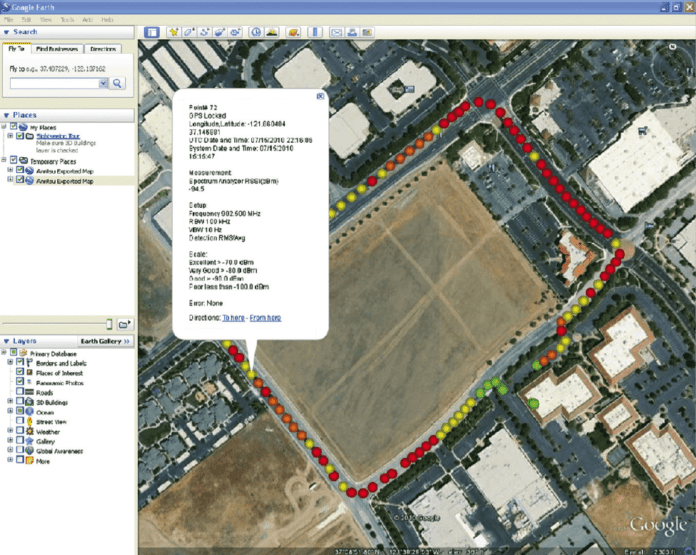Fingrid, Finland’s national transmission system operator, has appointed Nokia to build an IP/MPLS network to support the digital transformation of its national electrical grid.
Fingrid will use the network to operate 120 high-voltage substations and control 14,600 kilometres of power transmission across the country. The new smart grid is needed to manage and automate the growing adoption of distributed energy resources, such as wind, solar and micro-generation using bioenergy.
The network will also support all current and legacy grid control applications including supervisory control and data acquisition systems, teleprotection and current differential protection systems, which demand stringent control of latency and jitter. Nokia is working with NetNordic on the project.
A more agile and automated grid, which can balance inputs and outputs, is required to manage the variable, two-way power flows from distributed energy sources. These new management systems need reliable and secure communications.
MPLS enables rapid switching of data by assigning predetermined transfer routes for packets of data over private IP networks. This avoids forwarding responsibility to the next router, which slows communications, as per connectivity on open public IP networks. It brings better bandwidth utilization and reduced network congestion, and offers higher security.
Kari Suominen, head of ICT at Fingrid, said: “We are embarking on an ambitious transformation of our national grid to make it smarter and more flexible. Nokia’s IP/MPLS solution… provides us with a reliable, secure and agile communications system that has the potential to support all of our power management needs.”
Kamal Ballout, global vice president for Nokia’s energy practice, said: “Through continued investment in our IP portfolio, we are able to meet the specific requirements of today’s energy market, helping them evolve their infrastructure for a more sustainable future.”
Fingrid claims almost total grid reliability, and extreme value for energy users in Finland. This has put pressure on its IoT programme – effectively, to eke out reliability improvements at minimal cost.
Marcus Stenstrand, the company’s digitalisation manager, told Enterprise IoT Insights in June: “Our grid availability is one of the best in Europe. It’s 99.9999 per cent – six nines. And this industry does a lot of benchmarking. Even at global level, we are one of the most cost-efficient companies on the planet, in terms of maintenance.”
The company wants to cut maintenance costs by measuring, recording, and comparing every grid-side metric it can. Around 60 per cent of its operational expenditure goes on maintenance, and most is associated with planned outages for assessing grid equipment.
It is in the process of deploying around 500 IoT sensors at its substations, for measuring temperature, vibration, humidity, and acoustics, alongside voltages and amperes, and sundry electrical values. It has so far deployed sensors in about 10 per cent of its network.
For a case study about Fingrid’s use of IoT technologies, check out the editorial report from Enterprise IoT Insights, called ‘Keeping the lights on – with green power’, available here.

